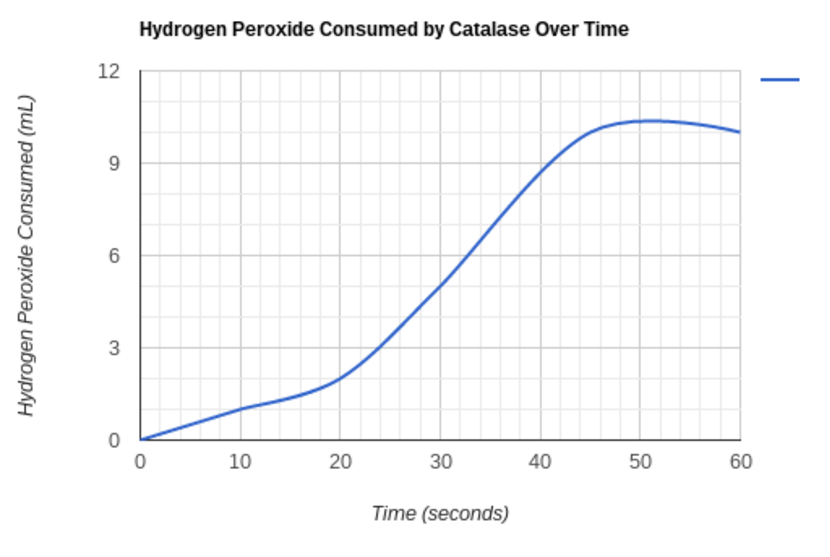

FACTORS AFFECTING ENZYME ACTIVITY WIKI ISO
Due to the time required to submit samples to a qualified lab for testing and to receive the results, use of the ISO assay limits the nutritionist’s or feed mill manager’s ability to verify the level of active phytase in the feed after pelleting. The need for well-trained personnel as well as standardized equipment makes the ISO assay impractical for routine use in many feed laboratories. As is typical for activity assays, the conditions under which the phytase ISO assay is performed must be well controlled since slight changes in incubation temperature or time can influence the results. This method, while a reference, presents several important drawbacks. A phosphate standard is prepared each time the assay is performed to calibrate the assay and thereby maximize the accuracy of the feed results.
FACTORS AFFECTING ENZYME ACTIVITY WIKI FREE
(4,5) In this assay, samples containing phytase are incubated with sodium phytate at 37 ☌ for a precise amount of time, and released inorganic phosphate is detected using a molybdate-vanadate reagent that reacts with free phosphate to produce a colored complex. Phytase amounts are currently measured with the ISO activity assay (ISO 30024:2009). In addition, to avoid introducing delays and interferences in the interpretation of results (due to sample shipment and storage), a rapid and easy method that could be performed on site or locally would be of huge advantage. For this reason, the quantification of the feed phytase content, especially after the pelleting process, which can be harmful to the enzyme, is crucial for feed producers and farmers. (2,3) Consequently, the importance of using a correct phytase amount in feed has increased. As a result, the supplemented phytase activity covers more than 50% of the animals’ requirement in phosphate. Phytase is the most widely used feed enzyme, (1) and farmers increasingly rely on phytase supplementation to release phosphate from the feed phytate. The fortification of animal feed with enzymes in order to optimize feed utilization is a standard for the meat production industry. The MICT assay is the first quantitative assay for feed enzymes that is fast, reliable, and simple to use outside of a specialized reference laboratory and that is suitable for use in place of the current ISO assay. The accuracy and robustness of the assay compared to the ISO phytase activity assay were demonstrated through a large validation study including real feed samples from different compositions and origins. Using the calibration information stored in the cassette barcode, the signal is converted to a phytase concentration, given as phytase activity (FYT) per kilogram of feed.

The cassette is placed in the MICT reader that measures the magnetic signal of the captured particles. The mixture is then applied on an assay cassette, where the formed particle–antibody–phytase complexes are captured by immobilized antibodies on a nitro-cellulose strip housed in a cassette. After extraction of the phytase from the feed, the sample is simply diluted and added to a reaction tube containing a specific anti-phytase antibody coupled to superparamagnetic particles. The new assay is based on a lateral flow immunoassay that utilizes magnetic immune-chromatographic test (MICT) technology to quantify the phytase content of a feed extract. The method is suitable for use at local sites with a minimum lab setup and will reduce delays and potential interferences due to improper sample storage and shipment.

As an alternative, we report here the development of a rapid and easy method to perform a quantitative assay for the phytase from Citrobacter braakii. Phytase is the most widely used feed enzyme and is routinely quantified with an activity assay in a limited number of specialized laboratories. A method for measuring levels of active enzymes that can be carried out quickly would ensure that feed has been supplemented with the appropriate amount of enzyme. The fortification of animal feed with enzymes in order to optimize feed utilization has become a standard for the meat production industry.


 0 kommentar(er)
0 kommentar(er)
